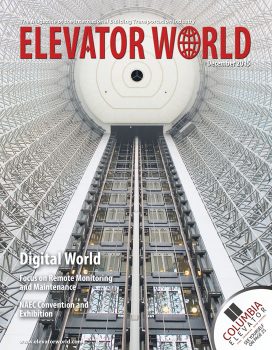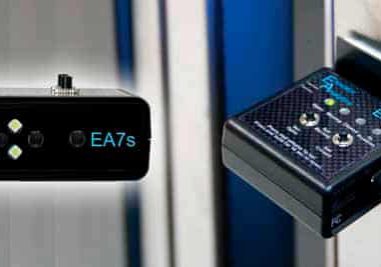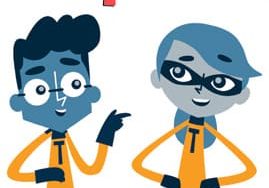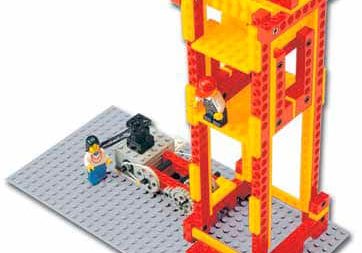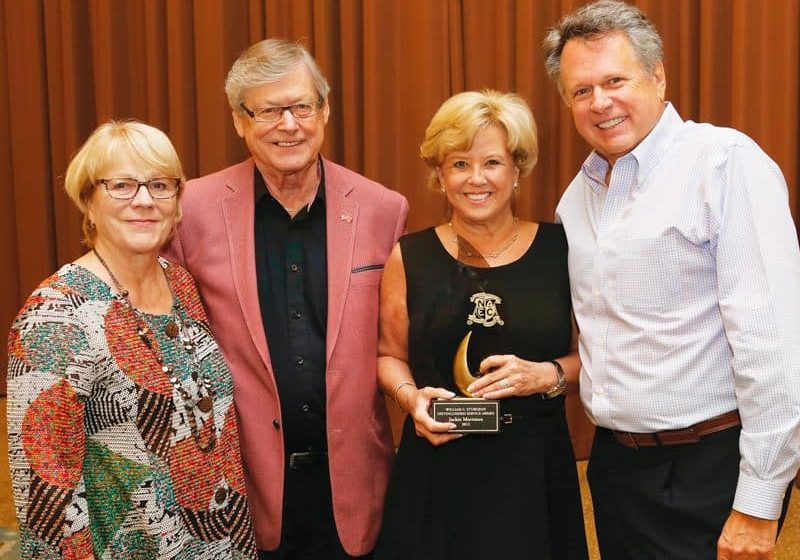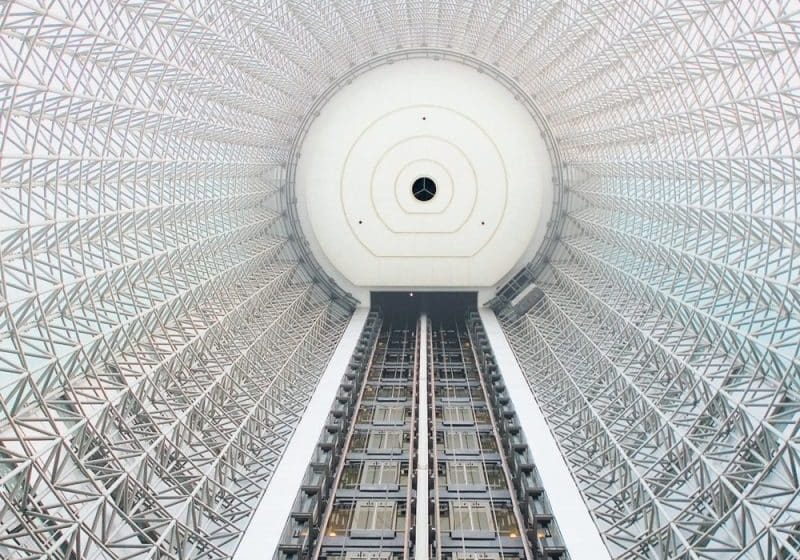Fifth Symposium on Lift & Escalator Technologies
Dec 1, 2015

Strong attendance, exceptional papers make for a noteworthy, enjoyable and informative event.
by David Cooper and Richard Peters
It is difficult to believe that the 2015 Symposium on Lift & Escalator Technologies, held on September 23-24 at the University of Northampton (UoN) in Northampton, U.K., was the fifth year for the highly successful event. The symposium welcomed a record number of delegates, proving it is among the best global gatherings for the profession. Delegates from all around the globe and as far afield as the U.S., Germany, the Netherlands, Spain, Italy and Japan topped off an extensive contingent from the U.K., bringing the delegate list to an impressive 133.
John Dean, associate dean of the School of Science and Technology at UoN, opened the event, expressing his delight that the Chartered Institution of Building Services Engineers/UoN partnership continues to result in a popular, internationally known symposium.
Chaired by past chairman of the CIBSE Lifts Group Adam Scott, the first session was on control systems. Scott has become well versed in chairing the opening session, having undertaken the same role in 2014. Wim Offerhaus presented the opening paper and introduced a new control concept for lifts using a floor warden control system. It will be interesting to see if and how this is adapted as an industry standard.
Elena González Ruibal and Ignasi Oliver González followed with a paper analysing escalator accidents using the Barcelona Metro as a comparator. Michael Bottomley followed with insight about mobility scooters and the risks they pose for our industry. Delegates were surprised by the conflicting information contained in standards for this equipment, contributing to a persistent problem. Presented by Stephen Williams, the final paper of the opening session was about the practical uses of fiberoptic technology to prevent passengers becoming entrapped in escalators, such as by their shoes or clothing.
The delegates retired for coffee before the second session, which was chaired by Rory Smith. This session focused on simulation, and three papers were presented. Smith opened the second session in the 2014 symposium, as well, so a theme was developing!
Stefan Gerstenmeyer opened with a paper about lifts without ropes and posed the fundamental question of how many lift cars and how many shafts are needed. Food for thought, indeed.
Your author Richard Peters and Lutfi Al-Sharif followed with a paper on a systematic methodology for the generation of lift passengers under a Poisson batch-arrival process. This started with an interactive display using “victims” from the roomful of delegates. Peters demonstrated the differences in how people arrive at a building. The session was rounded out by Al-Sharif’s paper “Extracting the Value of the Round Trip Time Under Peak Traffic Conditions from Simulation.” As always, Al-Sharif provided a lively presentation before the delegates broke for the conference photograph and lunch.
After lunch, delegates returned to a session about the past and future of our industry. This session was chaired by Dr. Gina Barney, who represented a break from the pattern of regular chairs. The opening paper was presented by your author David Cooper, who spoke about three boat lifts in the U.K., ranging from the very old to the very new. Dr. Lee Gray followed with a paper about selling lifts in the late 19th and early 20th centuries. Gray had found many sales leaflets and brochures that included companies in the U.K. calling lifts “elevators.” Now, there’s a subject for discussion! Smith rounded off the session with a discussion about the future of data in our industry, with the Internet as the main driver.
A coffee break gave delegates the opportunity to discuss the papers before returning for the fourth and final session of the day, chaired by Len Halsey. It was a break from the traditional, as a 90-min. workshop was presented by Barney and Cooper, both of whom have acted as expert witnesses in some very high-profile court cases. The workshop included an introduction to civil and criminal procedures by Cooper followed by a look at a number of escalator accidents, causation and results. Barney followed with a similar session about lift accidents. Both presenters are hopeful the industry will learn from such accidents.
On the symposium’s second day, the gala dinner did not disappoint. One of the reasons the event is so popular is the excellent food. Then, it is only a few steps to the bar, where the networking continued!
The first session of day two addressed components. Nick Mellor chaired the session, which concerned the service life of suspension ropes, lift-door modernization and guide-rail fastening systems. Speakers Pat Ryan, Giuseppe De Francesco and Cevat Erdem Imrak offered an excellent mix of theoretical study and practical experience.
After the break, delegates returned for a session entitled “Design, Engineering and Engineers,” chaired by Scott. Rafal Kwiatkowski talked about knowledge transfer, giving a U.K. lift-industry example of best practice. Estanis Oyarbide discussed the challenges of energy storage for lifts, and Ben Langham spoke about the optimization of escalator running speed for the London Underground. Vicente Pacheco concluded the session by proposing ways of improving lift energy efficiency.
The final session, chaired by Peters, addressed ride quality and dynamics. This involved some seriously technical information. Thankfully, the speakers focused on principle, allowing delegates to study the complex mathematics involved at another time. Thomas Ehrl told delegates about parameters that influence ride quality, Xabier Arrasate provided lessons about optimum machine design, and Helene Buet discussed the impact of design methods and maintenance policies on escalators. Finally, Seyed Mirhadizadeh demonstrated the simulation of aerodynamic interactions in high-rise lift systems, and Raúl Monge introduced a methodology to identify noise and vibration problems related to ride quality.
Jon Adams concluded the symposium by thanking all who contributed papers and everyone who supported the event by participating. The quality of the papers was exceptional, sparking much discussion during question-and-answer sessions that continued into the breaks.

Symposium delegates experience ThyssenKrupp’s MULTI in the company’s “3D Cave” with the help of 3D glasses. The virtual-reality project was done in partnership with Stuttgart University. 
In-depth papers on current issues captivated delegates’ attention. 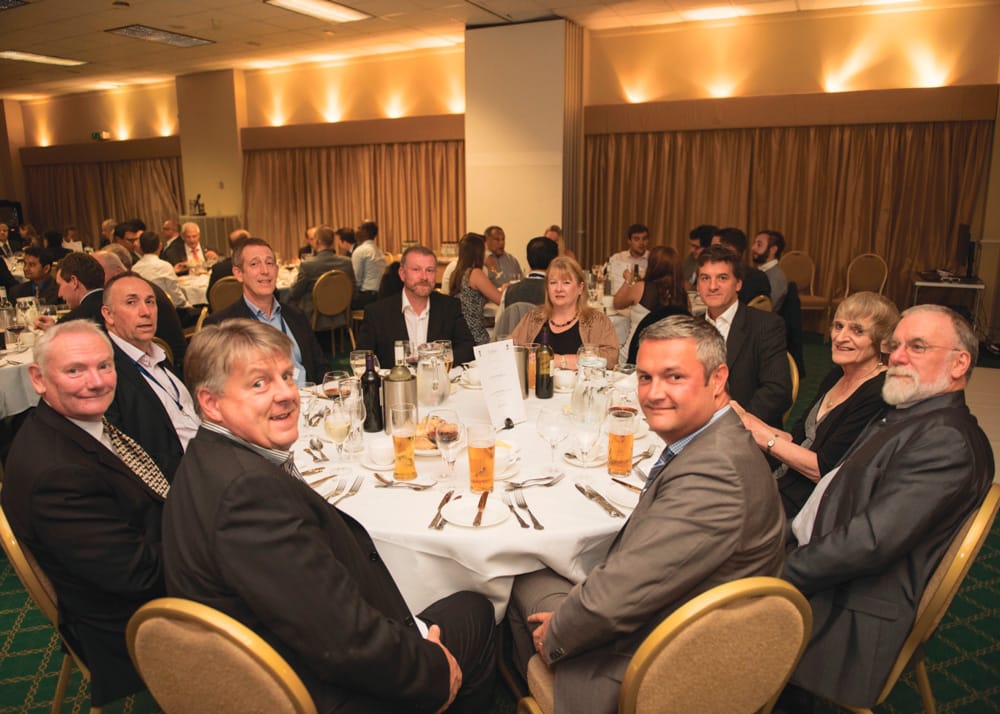
Cuisine at the fifth-annual event did not disappoint. 
The symposium welcomed a record number of delegates.
Get more of Elevator World. Sign up for our free e-newsletter.

